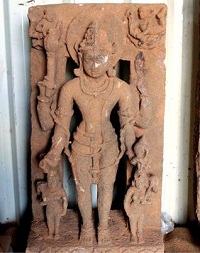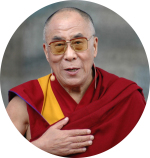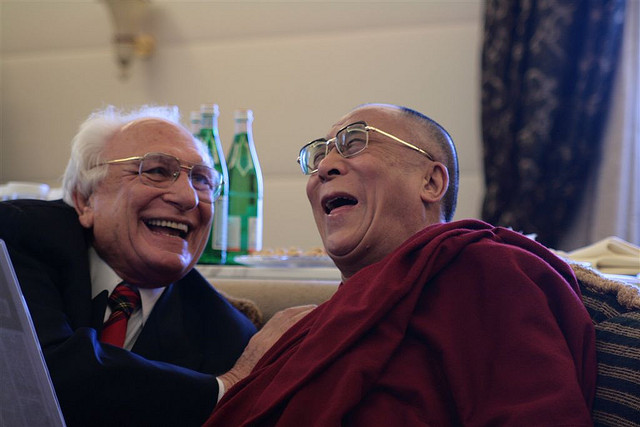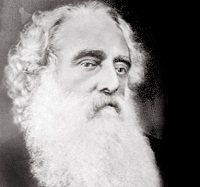Question : I use the mantra Buddho for my meditation practice. Recently in my meditation practice, my head has started to twitch and shake by itself every few minutes and can be quite forceful. Typically I ignore it and just concentrate on Buddho. If my mind can drop into a deeper calm, then the shaking stops but will start again. Could I please seek Tan Ajahn’s advice on this?
Tan Ajahn: You should just ignore whatever happens. Just try to concentrate on your meditation objects. Sometimes your mind, your defilements/ your kilesas, will try to disrupt your concentration by creating all kinds of obstacles, all kinds of experiences.
But if you ignore them and just concentrate on your meditation object, then when your mind becomes calm, all these things will disappear. But if you pay attention to them, then you will not be able to continue with your meditation.
So try not to pay any attention to anything except your meditation object. Then you will find success in your meditation.
Question : If my breath is not stable, I can’t even maintain clear and continuous attention. What should I do, Tan Ajahn?
Tan Ajahn: Whether your breath is stable or not stable is no problem. All your mind has to do is to acknowledge and just be aware of the breath. You don’t have to interfere with your breath. Leave it alone. You only want to use your breath to keep your mind anchored to something, so that it doesn’t go thinking about this and that.
The Buddha said if the breath is short, just be aware that it is short. If the breath is long, just be aware that it is long. If the breath is coarse, just know that it is coarse. If it is subtle or fine, just know, just be aware. Don’t think about anything, even about the breath; don’t think that it should be this way or that way or try to control the breath. Just be aware. Just watch. You don’t want to think. When you think, you lose your purpose, you lose your goal. You won’t achieve what you want to achieve.
By Ajaan Suchart Abhijāto


 Historical remains on Seethanagaram hill
Historical remains on Seethanagaram hill







 Colonel Henry Steele Olcott passed away on February 17, 1907, at the age of 75, in India.
Colonel Henry Steele Olcott passed away on February 17, 1907, at the age of 75, in India.